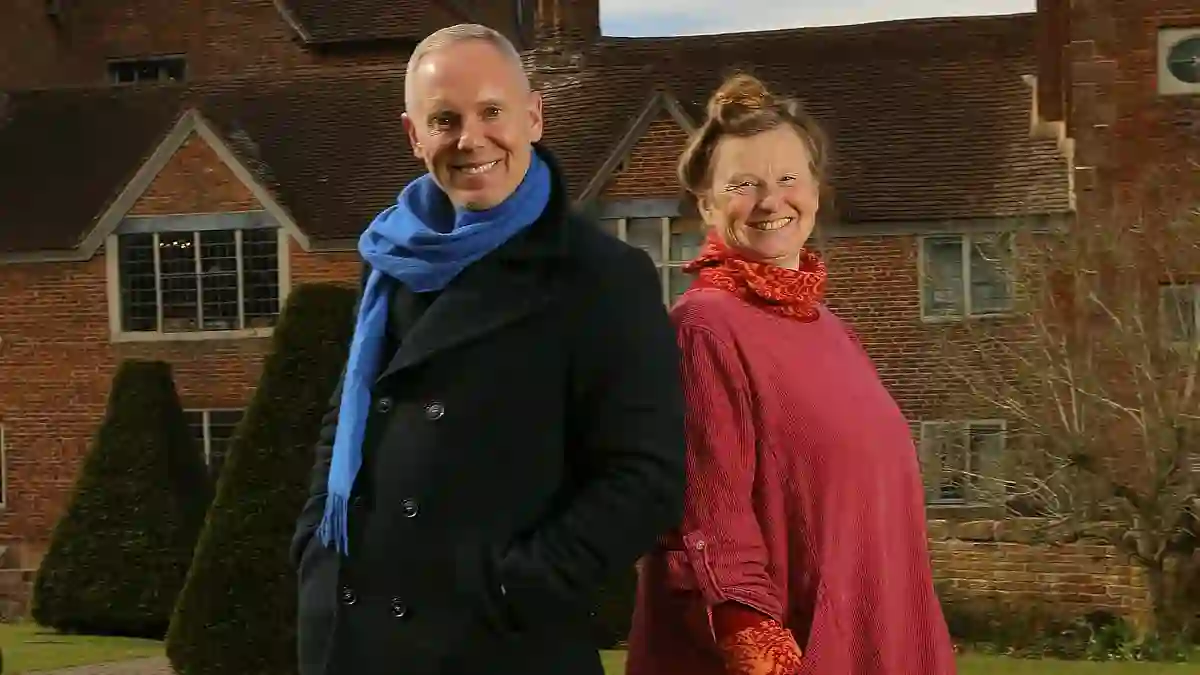It’s strange to think that 17th-century London, a city with no modern medicine, no plumbing, and barely any scientific understanding of disease, might’ve actually handled a pandemic better than we did in 2020.
But that’s the uncomfortable comparison that lingers—though never outright stated—in The Great Plague With Rob Rinder & Ruth Goodman.
This new historical docudrama didn’t try to draw lines between then and now, but viewers couldn’t help noticing the irony.
For all our technology and expertise, the old ways sometimes seemed… well, a bit more human.
London in 1665 Had Smarter Lockdown Logic?
Back then, the Lord Mayor of London—without sewers or antibiotics to fall back on—put a pretty thoughtful plan in place.
Even households struck by the plague were given moments of reprieve.
A nightly curfew allowed those living with infected family members to step outside and breathe for a while.
Meanwhile, healthy people carried on with daily life under more practical limitations.
Compare that to Britain during the Covid pandemic, when strict, confusing rules often kept entire households trapped indoors for days—even if only one person was sick.
The contrast wasn’t lost, even if the show chose not to comment on it directly.
The Present-Day Lens on the Past
Instead of focusing on pandemic policy comparisons, the show leaned heavily into a modern concern: inequality.
Rob Rinder and Ruth Goodman explored the vast gap between the rich and poor in Restoration-era England with clear disapproval—though this take came off a little heavy-handed.
It’s a common trend among TV historians to impose today’s values on the past, and this show was no exception.
Rob and Ruth seemed genuinely bothered by the wealth divide of the time, even though, in the 1600s, most people saw the social hierarchy as divinely ordained.
That kind of thinking—“the rich man in his castle, the poor man at his gate”—was simply how the world worked to them.
Rob Rinder’s Moment as a 17th-Century Dandy
Despite the moralizing, the show had its fair share of fun.
Rob, clearly enjoying himself, slipped into the persona of Sir William Turner—a posh and generous aristocrat.
Dressed to impress in a periwig and embroidered coat, he swanned around in a sedan chair like a proper Disney villain-in-waiting.
And he loved every second of it. “Servant! Maid! Shut the door!” he bellowed, clearly living his theatrical fantasy.
Still, he made an effort to show a softer side too, promising some leftover food to a servant girl. Charming, in his own way.
Ruth Goodman in Her Element
Meanwhile, Ruth Goodman—ever the enthusiast for grimy historical detail—took great delight in trudging through the muck in traditional wooden pattens.
These clunky clogs were designed to lift wearers above the filth of London’s plague-ridden streets, and Ruth seemed perfectly content stomping through history in them.
Her hands-on approach brought a sense of authenticity to the show, even if the storytelling sometimes lacked polish.
A Small Historical Slip-Up
One minor but noticeable hiccup came in the script, when Rob opened the show by saying they were diving into 1665 to explore how a “killer virus” nearly destroyed the city.
Later on, it was clarified that the plague wasn’t a virus at all—it was a bacterium called Yersinia pestis.
Thanks to the recent pandemic, most viewers probably caught that slip instantly.
We’ve all had a crash course in the difference between viruses and bacteria over the last few years.
A Mixed Bag of History, Humor, and Hindsight
In the end, The Great Plague had a bit of everything—period drama, historical reenactment, and even a touch of camp theatre.
Rob Rinder brought flair, Ruth Goodman brought grit, and together they tried to illuminate a grim chapter in British history.
The show wasn’t without its flaws—modern-day judgments occasionally clouded the historical accuracy, and a few facts slipped through the cracks—but as TV history goes, it was an entertaining ride.
